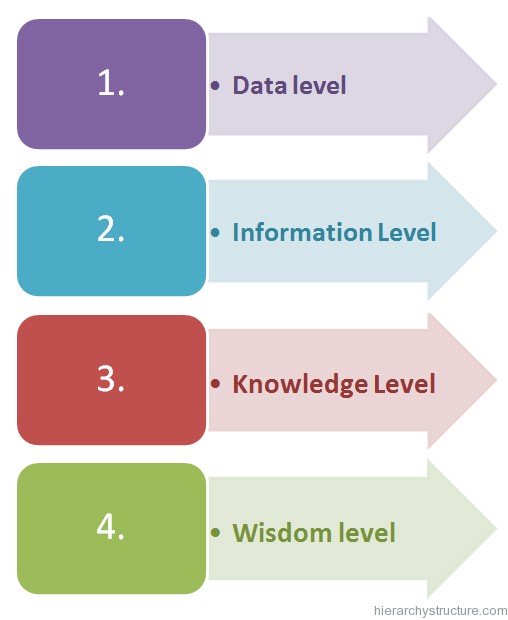

Gil Hecht, Continuity SoftwareĪI is affecting many industries. Our validation technology goes beyond detecting what is broken now into predictive resilience risk detection. We invest significantly in research and development of cross-layer dependency mapping and cross-layer validation techniques, utilizing both knowledge-driven analytics and ML. We continually hear from our customers that existing testing methodologies fall short when relating to predicting misconfigurations in-between different IT layers. We have developed advanced AI that reads and understands life science articles, helping researchers to accelerate the discovery of cures for diseases and the development of new treatments and medications. Simply put, humans cannot read fast enough, and cannot mentally mine and structure the vast quantity of data that is available. Or should I say, by "trying" to predict the future? - Tim Rendulic, Thomson ReutersĪI is accelerating our understanding of written text. More recently, we started baking AI into our go-to-market operations to be first to market by predicting the future. We are using AI in a number of traditional places like personalization, intuitive workflows, enhanced searching and product recommendations. This information will allow our customers to alter their own client survey strategies. This enables us to understand not only the feedback they provide but whether or not there are specific qualities and attributes that correlate to their response rate and likelihood to engage. We’re using AI to better analyze customer responses to surveys and activities over time. It's a large scope problem, but by focusing on the simple classification of "will be attacked" or "won't be attacked," we're able to train precise models with high recall. This allows us to stay days or weeks ahead of new attacks.
#Classification of business intelligence applications software
We've recently started using machine learning to predict if a vulnerability in a piece of software will end up being used by attackers. This opens up an entire range of opportunities to reduce waste, reduce peak demand and cut costs. The AI application we run can now learn and predict future energy load at levels as granular as a single blending activity. Until recently the industry has been looking at historical data points. We have used AI to cut energy use and reduce energy costs for drilling, crude and natural gas transportation, storage and petroleum refining operations. Advancements in deep neural network or deep learning are making many of these AI and ML applications possible. These AI-driven conversational interfaces are answering questions from frequently asked questions and answers, helping users with concierge services in hotels, and to provide information about products for shopping.

We are using machine learning and AI to build intelligent conversational chatbots and voice skills. By harnessing the power of recruiting automation, savvy employers are using AI-powered sourcing tools to find candidates who may not have been considered for roles in the past, not because they weren’t qualified, but because they weren’t surfaced in the first place.

With unemployment at historical lows, recruitment of qualified workers remains one of the most difficult challenges. Adam Bayaa, Healįorbes Technology Council is an invitation-only community for world-class CIOs, CTOs and technology executives. The precision of machine learning can also detect diseases such as cancer sooner, thus saving lives. It's a win-win for the healthcare industry, saving costs for both the hospitals and patients.

It can help doctors with diagnoses and tell when patients are deteriorating so medical intervention can occur sooner before the patient needs hospitalization. We are exploring AI/ML technology for health care. The AI wins over traditional firewall rules or AV data in that it works automatically without prior signature knowledge to find anomalies. It is aware of over 102,000 patterns on our network. The AI system constantly analyzes our network packets and maps out what is normal traffic. In addition to traditional security measures, we have adopted AI to assist with cybersecurity defense. We're also adding AI/ML to new IT services and security, as well as hyper-converged infrastructure to balance the workloads of computing systems. For example, we recently acquired an AI platform to build conversational interfaces to power the next generation of chat and voice assistants. We’re leveraging AI/ML in our collaboration solutions, security, services and network infrastructure. Powering Infrastructure, Solutions and Services


 0 kommentar(er)
0 kommentar(er)
